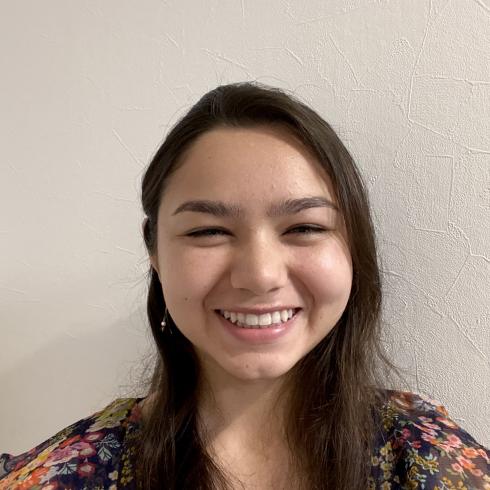I had the amazing opportunity to study abroad for two semesters in two different places. I did each semester very differently and I am here to tell you some pros and cons of provider programs.
Take everything with a grain of salt, because every single experience is going to be unique.
There are a couple different ways to study abroad. Options depend on what your home university offers. But two of the most common options to use are with either the help of a provider program, like IES Abroad, or to do a direct exchange with a foreign university. Both are great options, so no matter what you choose, you will have a wonderful experience. However, each student may be looking for different things.
Pros of Provider Programs:
More support
- Programs like IES Abroad are fantastic options if you are worried about going abroad for the first time. You have a place with staff ready and able to help. This helps give peace of mind to students and parents alike.
Offer organized events
- This is a huge plus, and it’s one not many take advantage of. IES Abroad Barcelona has offered weekly outings to either local tapa, ice cream, or churro places. This has been a great way to get to know the local cuisine. And it’s free! (Well, included with tuition. But a free service once in Barcelona). All you have to do is sign up in time.
Internship
- This is a huge plus if you are looking to gain some work experience abroad. It’ll look really good on a resume. This is a cool perk IES Abroad is able to offer.
Can find Guaranteed placement
- Provider programs can offer guaranteed placement in a program, depending on what you sign up for. This is nice because then you know that you’ll be accepted.
Cons of Provider Program
Kind of in a bubble
- IES Abroad has provided a great opportunity to explore local culture, however, it takes extra effort to actually get to know more than one local. Most if not all of your classes are taken in the IES building. This makes the commute between classes more convenient but doesn’t force you to explore the city.
Basically taking U.S. classes in a different country
- As mentioned above, most classes are taken at IES Abroad, through IES Abroad. This makes unit conversion easier because it’s one to one. BUT, that means you are basically taking U.S. style classes in another country. The classes are not too difficult in content but you will very likely have a lot of work. The workload and style is more comparable to high school classes.
Maybe one or two classes at a local university
- You have to really pay attention to your schedule if you want to take a class at the local university. You’ll need to map out how long it takes to get from your IES Abroad center to the campus. And again you’ll likely only have one class at the university. I highly recommend trying to take one but it does require extra steps and research.
Pros of Direct Exchange
Classes at a local university
- This is really cool. You can say you’ve attended the university as a local. Don’t worry about not speaking the language. You will take classes in English but taught by their professors and will even have a couple local students also taking the class to practice their English.
Actually experience the rigor of local classes
- You will be taking university classes with the local rigor. This is often a perk of studying abroad. You can look into the rigor of your host country (which is oftentimes something to be desired).
Buddy system
- This is dependent on a lot of factors. My program offered an almost one to one buddy system, unlike IES Abroad’s network of three buddies for everyone. I was lucky enough to have a good group of people to connect with. But you definitely have to make the effort to meet up.
Clubs
- Because I was attending an actual university, there were many clubs on campus. I had the opportunity to join a couple and it was a great way to meet local students and make new friends.
Cons of Direct Exchange
You are on your own
- There is of course a department for foreign exchange students that will be able to help you if you need it, however, I feel IES Abroad did a much better job. Also, the school will not provide small excursions for you to participate in.
No guaranteed admission
- Most direct exchanges will only have a few spots available and the likelihood of acceptance will also depend on how many students are competing for that spot. For my program I did not know whether I was accepted or not until roughly three months before the start date of the program. This can be a little stressful.
Dates may not align with U.S. semesters
- Depending on where in the world you go, start and end dates of the semester abroad may be quite different from your home university. This could potentially be an issue.
There is a lot of information to consider and to sift through when looking into study abroad. My experiences were with two very very different cultures, so some of the differences may just have to do with the country, but these are just some things to keep in mind when choosing a program.
Safe travels!
Study abroad isn’t a one-size-fits-all, which is why we offer both Direct Enrollment opportunities at universities abroad and study abroad programs through our IES Abroad Centers. If you have more questions about which choice is best for you, you can always contact your representative that works directly with your school.

Kaitlyn Morales
I am a silly, go with the flow kind of person. I love adventure and family. Travel and home, the simple and the extravagant. I am Kaitlyn Morales. From a small town in California, I have taken every chance I can to travel.







